Day 5 was spent mainly around Lake Champlain with an afternoon in Burlington to see a movie. A few road notes from the day:
VTrans took a page out of DelDOT’s play book and undertook carbon copy signing along Interstate 89 southbound at the full-cloverleaf interchange (Exit 14) with U.S. 2. A new sign bridge was installed to go with new signs. Signs unfortunately continue to omit the exit tabs in addition to displaying simply “Thru Traffic” on the pull-through panel.
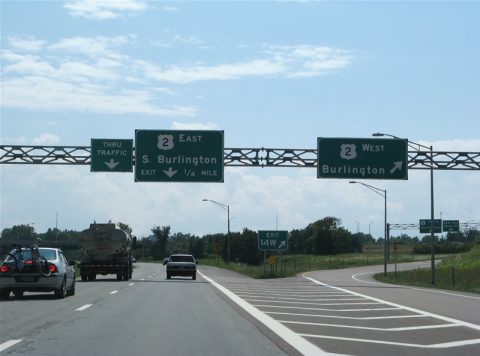
New signs along Interstate 89 southbound at the U.S. 2 westbound on-ramp to the University of Vermont and downtown Burlington. In addition to the addition of exit tabs, the left-hand panel should reference “Interstate 89 South – Montpelier”, rather than the ambiguous through traffic reference.
Since my first Vermont trip in 1995, traffic on U.S. 2 always overwhelmed the east-west highway through Burlington and South Burlington. The same situation exists today, with increasing traffic as one heads east. With no viable alternative and continued increasing traffic thanks to Vermont’s summer tourism industry, U.S. 2 (Williston Road) is a road best to be avoided during peak hours.

Eastbound U.S. 2 (Williston Road) at the north end of Vermont 116 (Hinesburg Road). U.S. 2 generally carries between two and four lanes with no shoulders on the eastern drive from central Burlington to Burlington International Airport. Industrial traffic increases as the US highway leaves the airport vicinity, though full shoulders are included at this point.
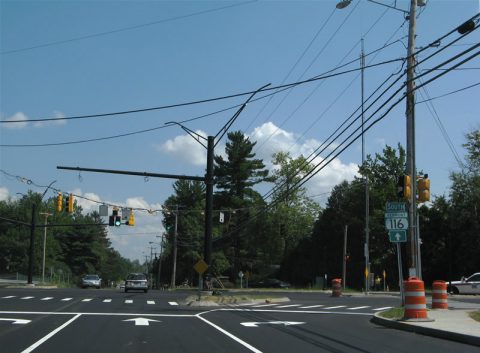
Vermont 116 (Hinesburg Road) southbound at Kennedy Drive. Crews are replacing span-wire traffic signal assemblies with mast arms, an increasing trend in states that historically have always used span-wire assemblies. Kennedy Drive, an east-west road between Interstate 189 and Burlington International Airport, was resurfaced this Summer.
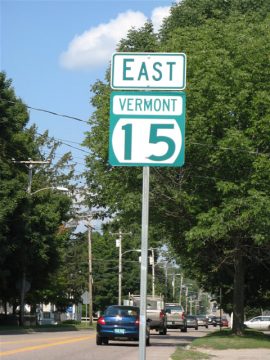
Clearview font has also debuted in Vermont on a select number of state route shields among other signs. This particular sign exists along Vermont 15 (Main Street) northbound after the five-way intersection with Vermont 2A and 117 in downtown Essex Junction.
The congested five-way intersection in downtown Essex Junction is one of the reasons why the short Vermont 289 super-two freeway was built. Opened in October 1993 at a cost of $34.4 million, the short freeway connects Vermont 117 (River Road) with Vermont 2A (Colchester Road) to the north and east of central Essex Junction. A 900-page Draft Environmental Impact Statement http://www.circeis.org/ was released last month on the Chittenden County Circumferential Highway. What might have been numbered Interstate 289, may yet be constructed as a full freeway between Interstate 89 at South Burlington and Interstate 89 at Colchester. Local leaders have recently expressed support for the building of the new highway, due to increasing congestion associated with suburban expansion and increased tourist traffic.
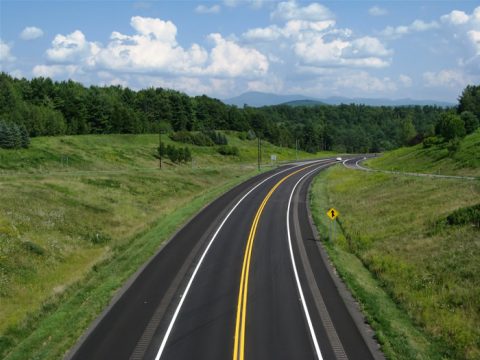
Looking east from the Essex Way overpass at the Vermont 289 expressway in Essex Junction. With the highway ending prematurely in both directions, the full potential of Vermont 289 as a congestion-alleving route has yet to be realized.
With the publication of the Chittenden County Circumferential Highway DEIS, officials now turn their attention to public comments, which may be submitted until November 8, 2007. The final EIS is slated for publication sometime in 2008. My thoughts on the future of Vermont 289:
Having been a returning visitor to Northwest Vermont during the last 12 years, I’ve noticed a sharp increase in traffic and traffic congestion throughout the Burlington area. With the city of Burlington planning no area improvements, something must be done to alleviate traffic along Interstate 89 and U.S. 2. The Chittenden County Circumferential Highway will help aid through traffic needs in addition to local commuters by providing alternatives to the five-way intersection in downtown Essex Junction, providing an alternate way to Essex Junction from Interstate 89 in lieu of U.S. 2, Vermont 2A, and Vermont 117, and alleviating traffic on Interstate 89 in Burlington by distributing some of it along Vermont 289 as a bypass route. This is a win-win situation for the area traffic concerns, especially given the increased suburban expansion that will move onward irregardless of new roads. Now is the time to secure the land and build the new road before development moves in ahead of it.

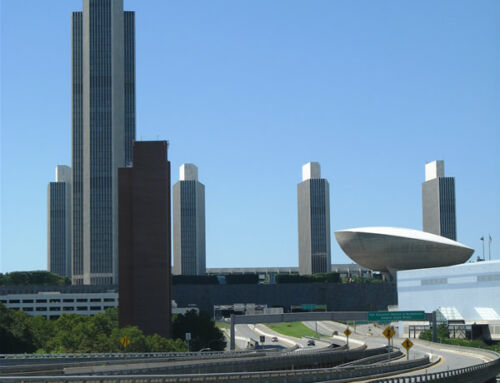

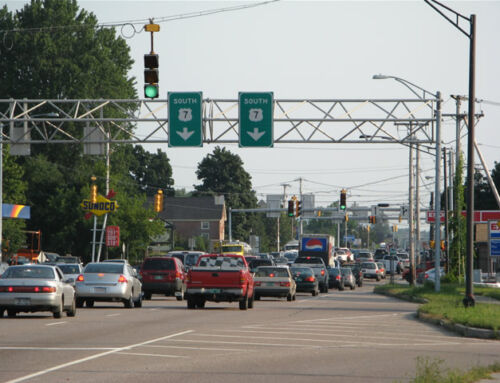
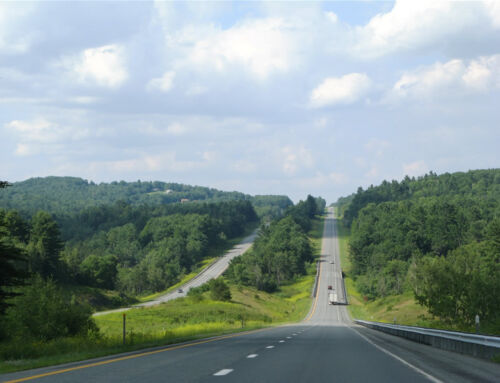
I hope then VTDOT will buy the ROW to secure the land asap. If it isn’t the case… I could even suggest the idea to built it as a toll road ^^;;
Great pictures from your travel. VT doesn’t have traffic compared to other east coast states. VT driving is what I call easy strolling!